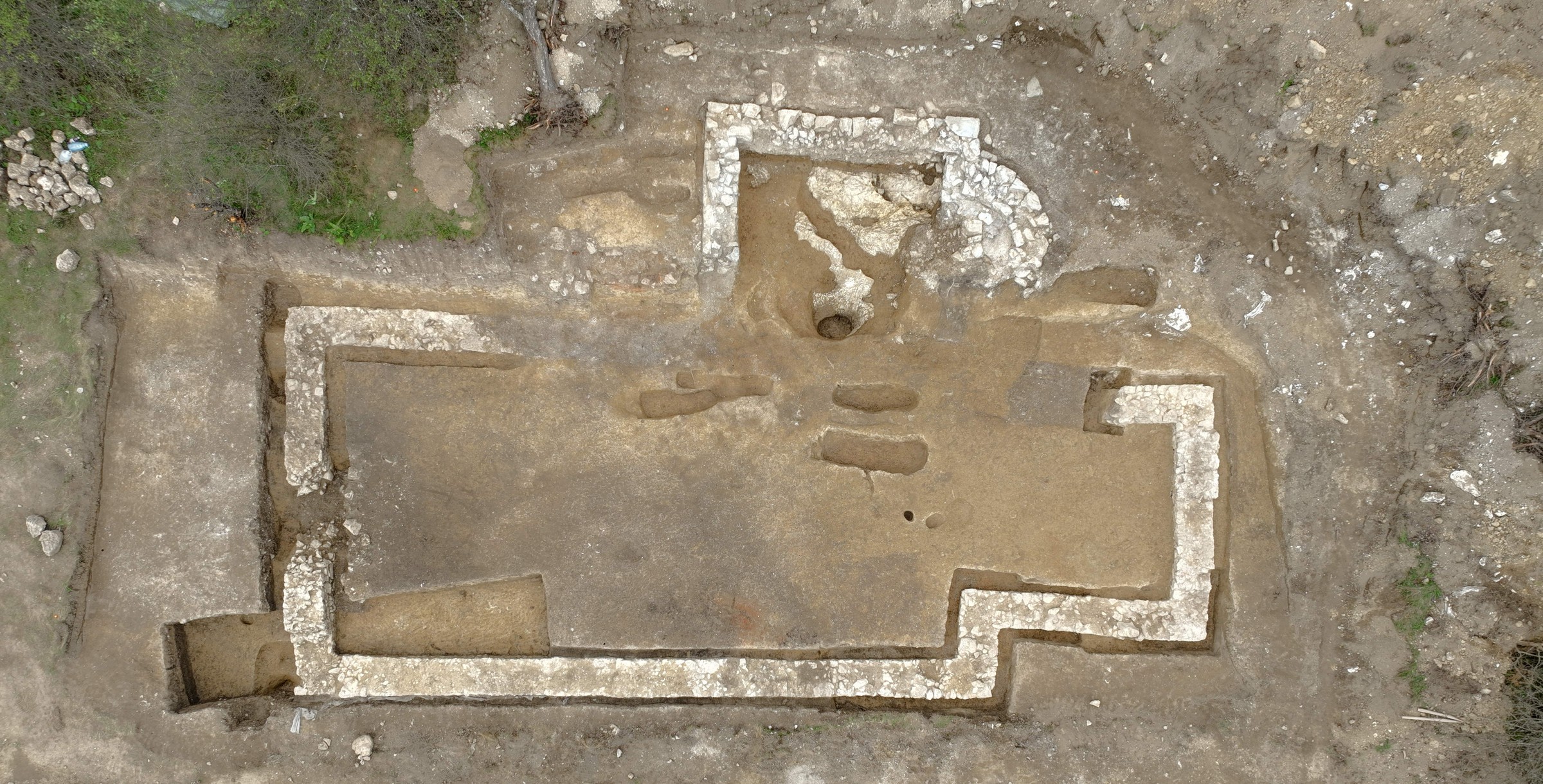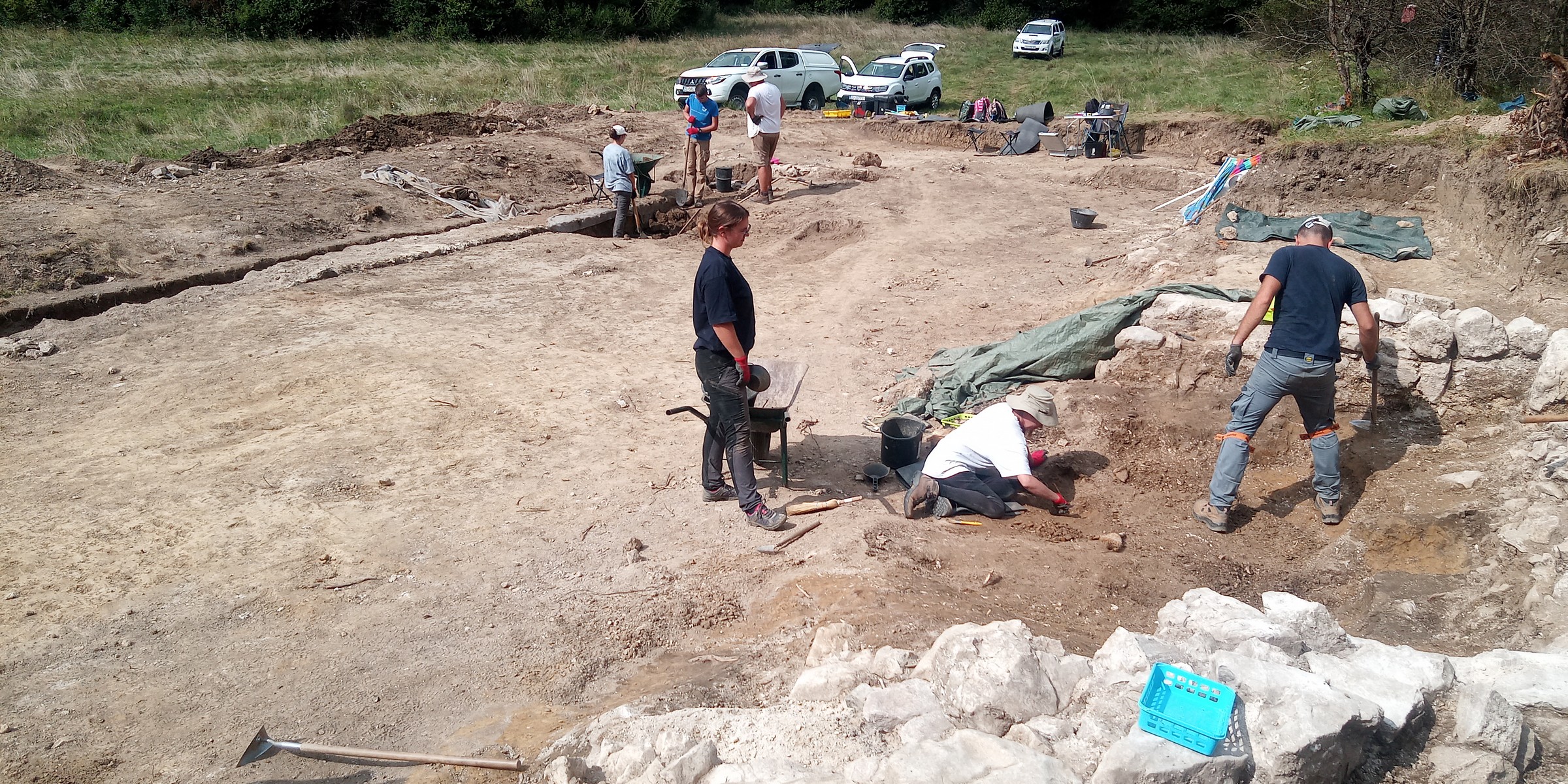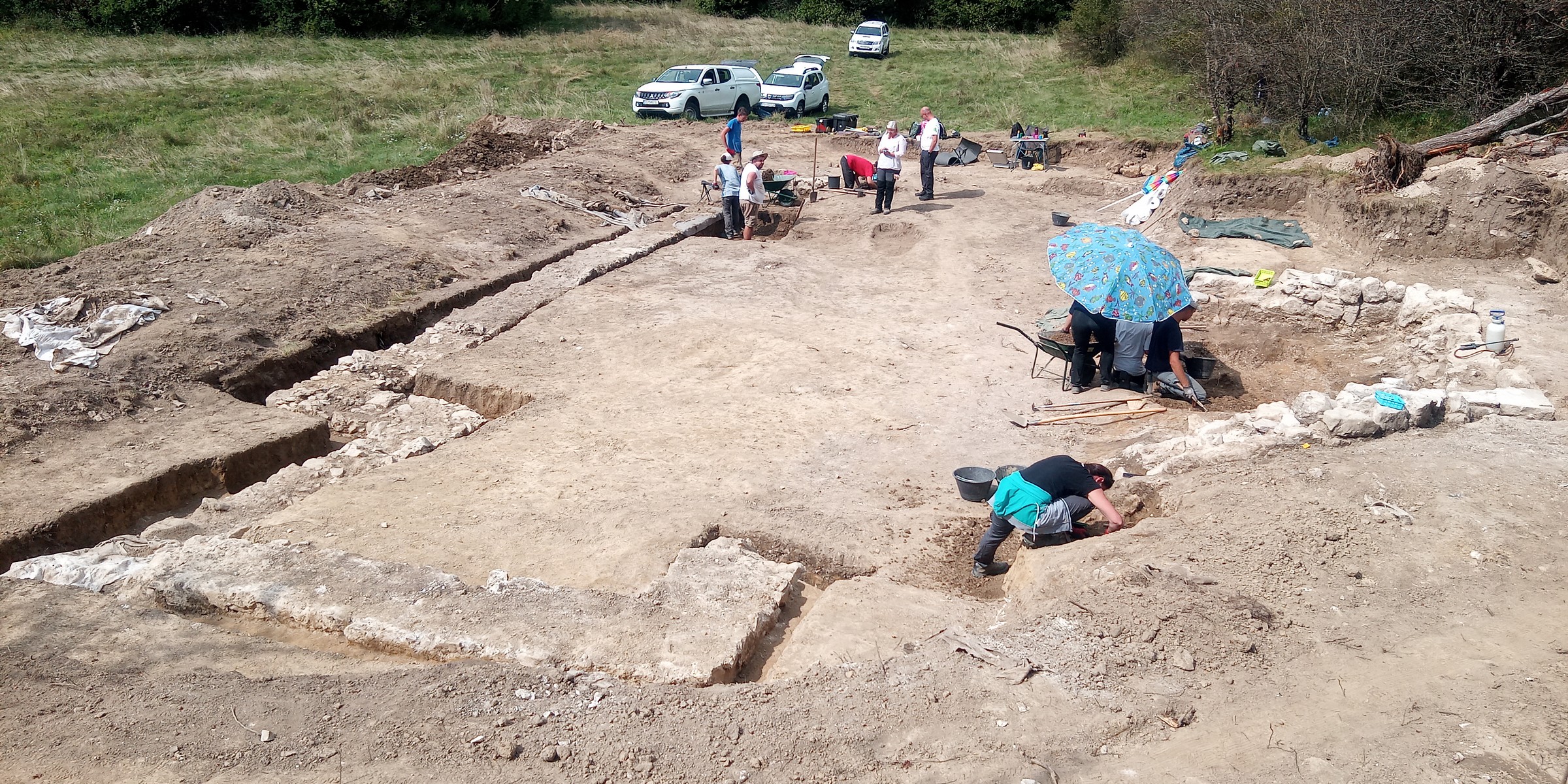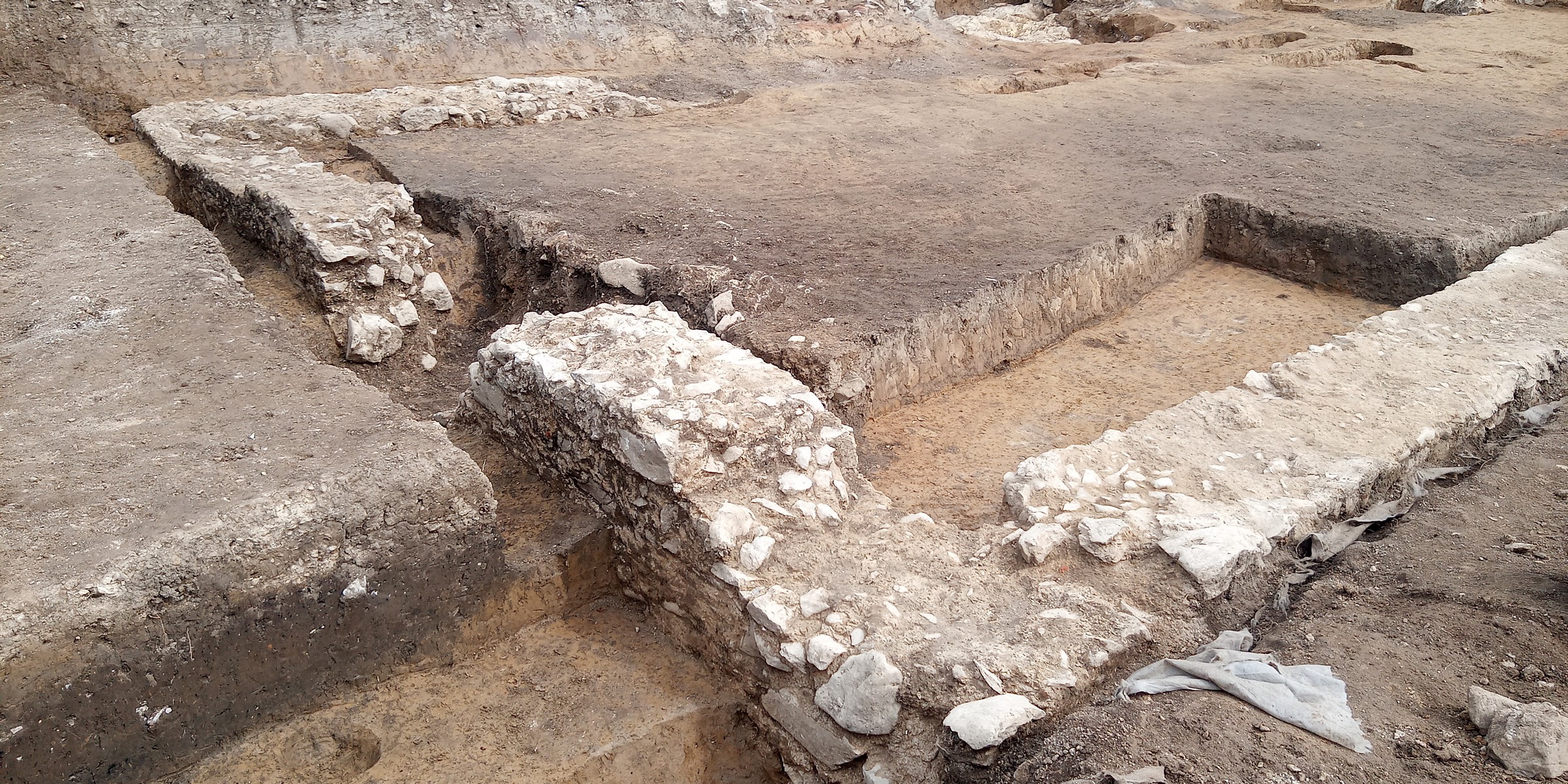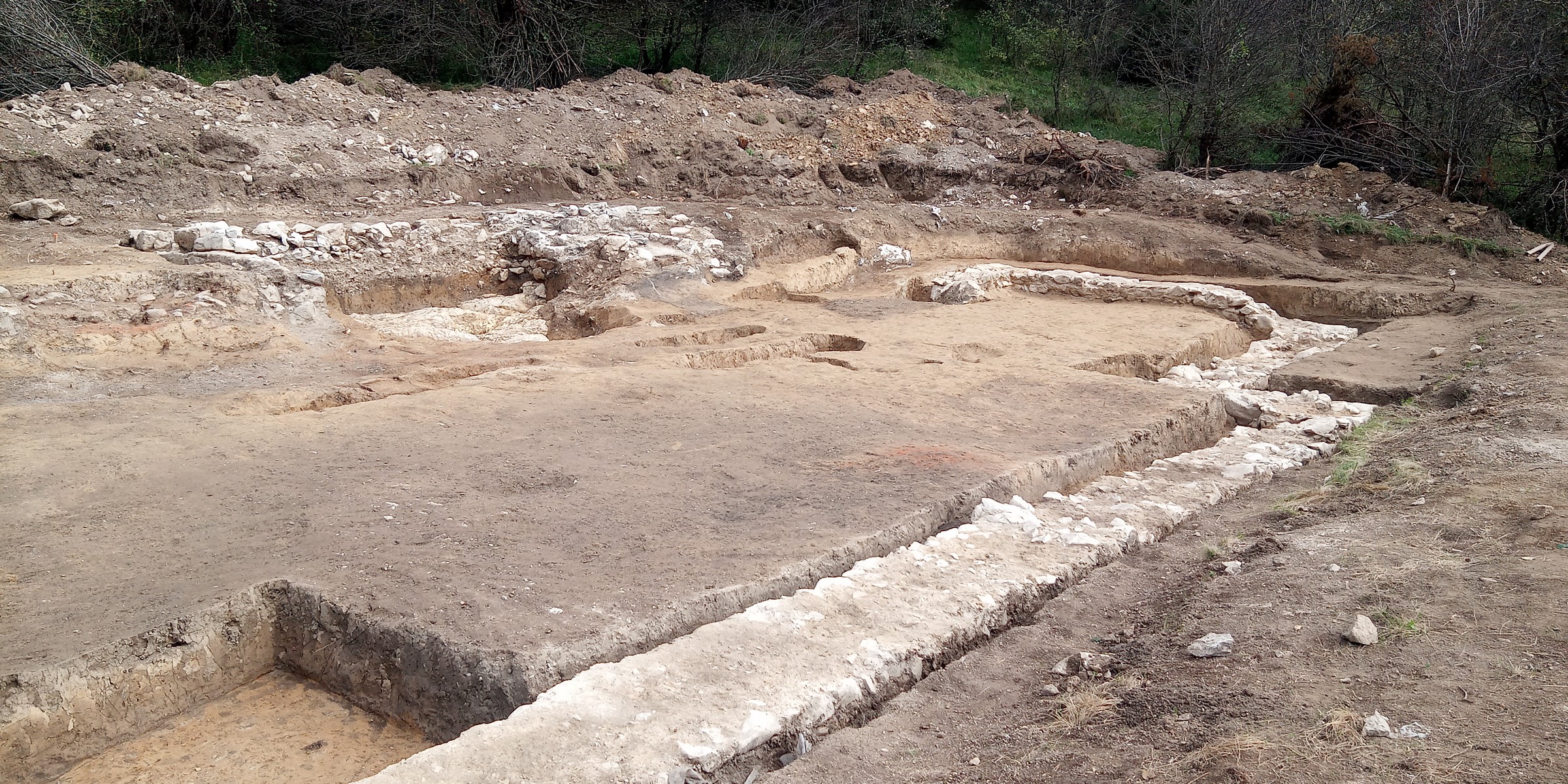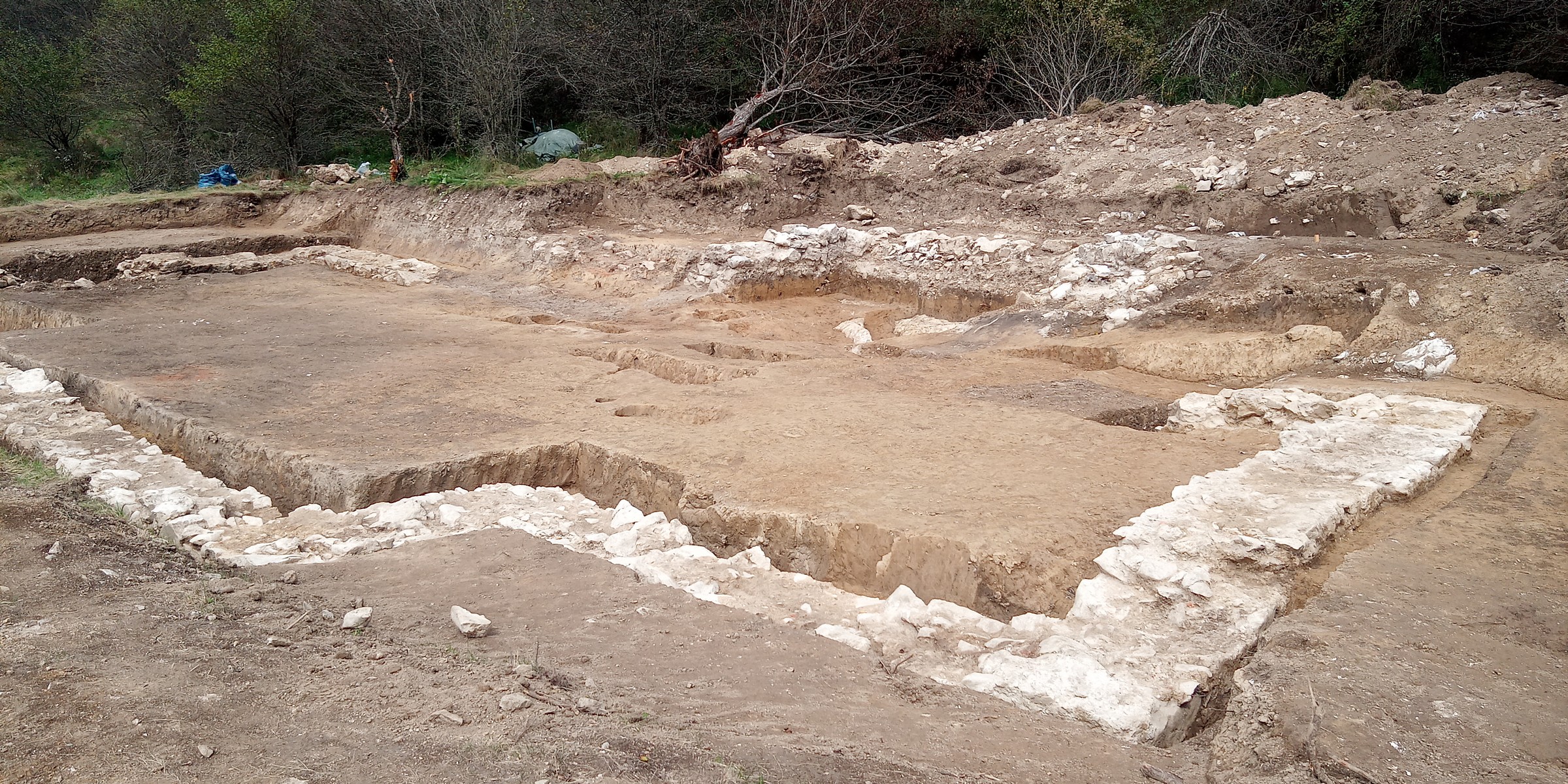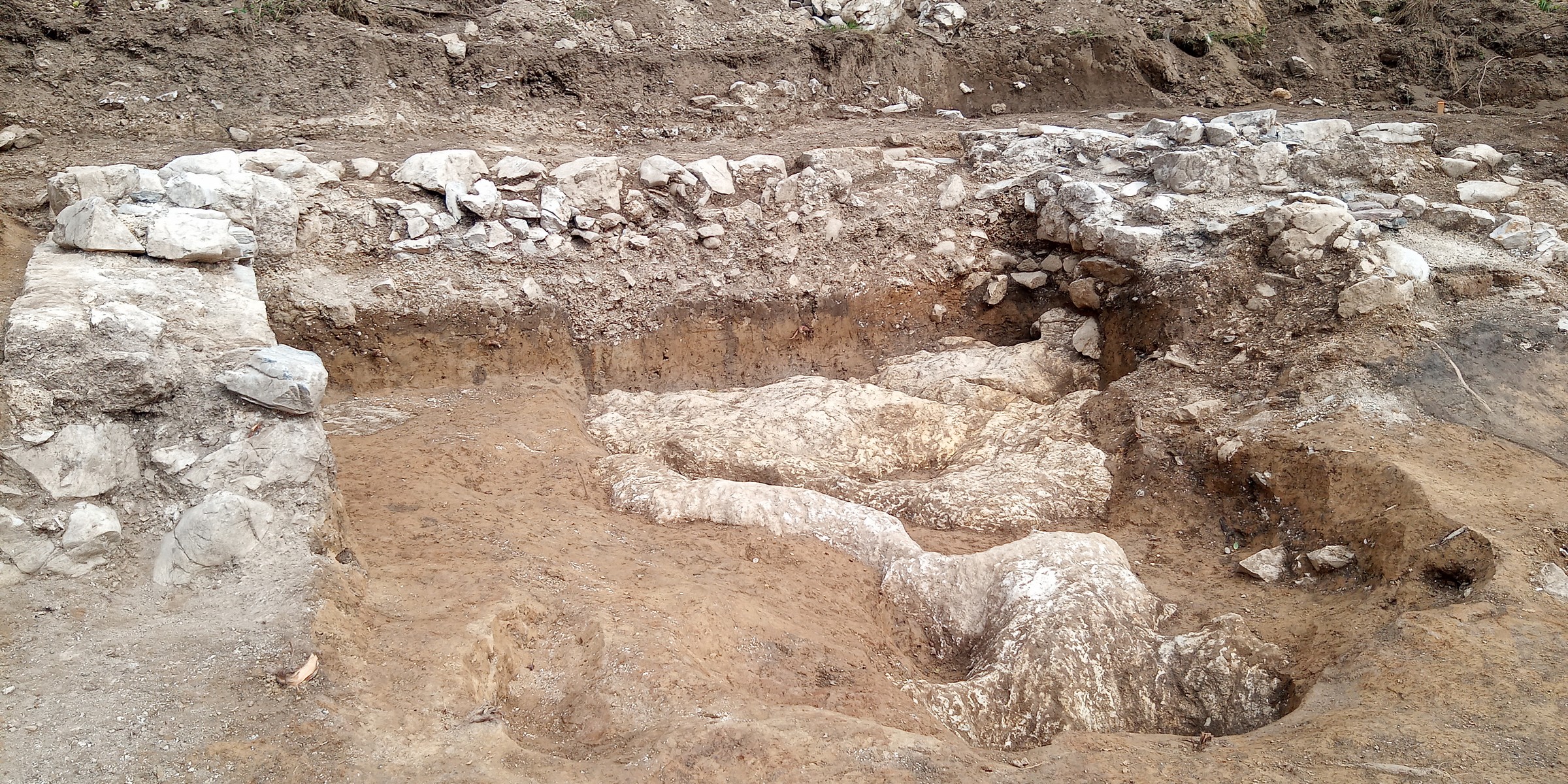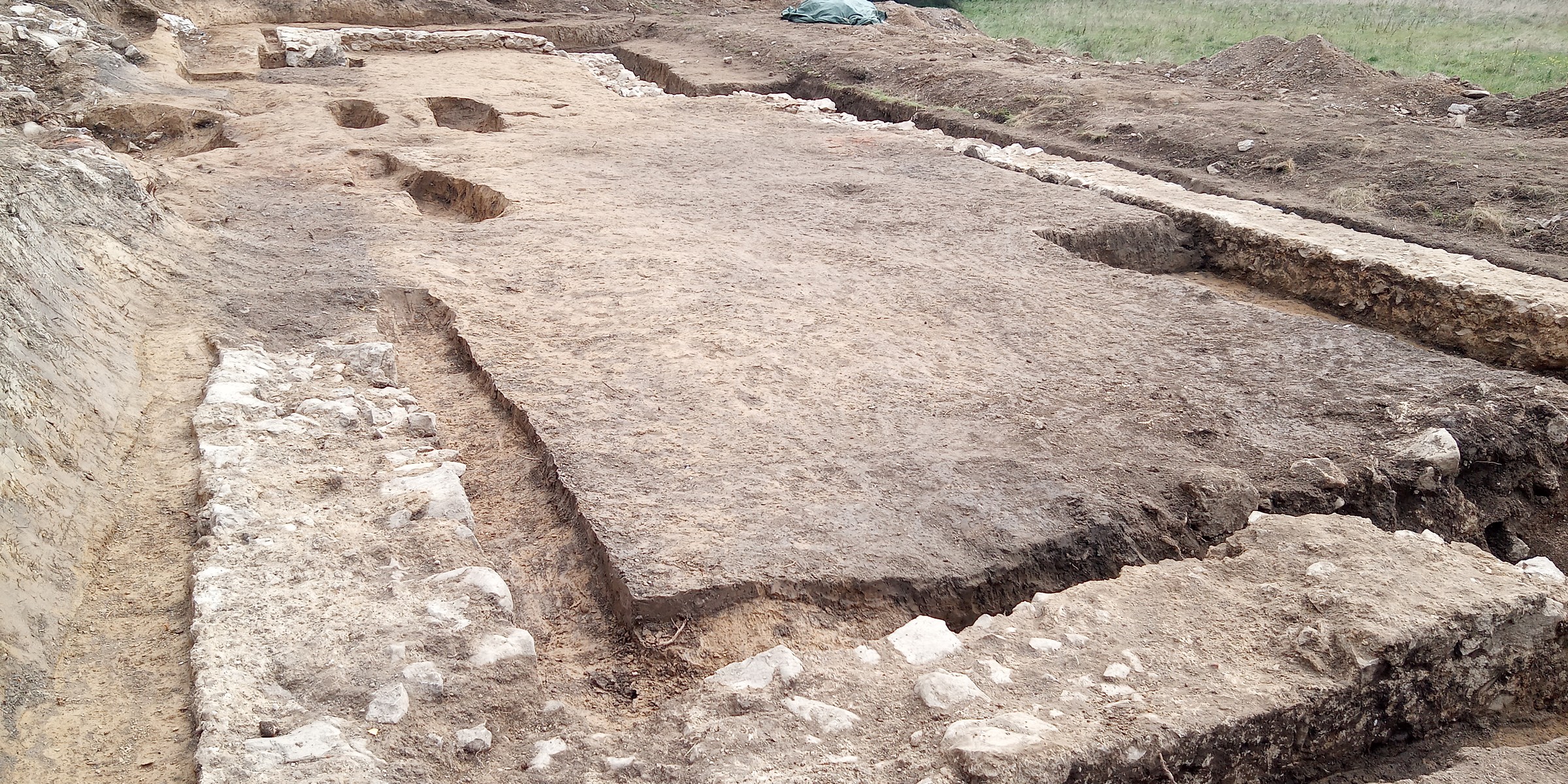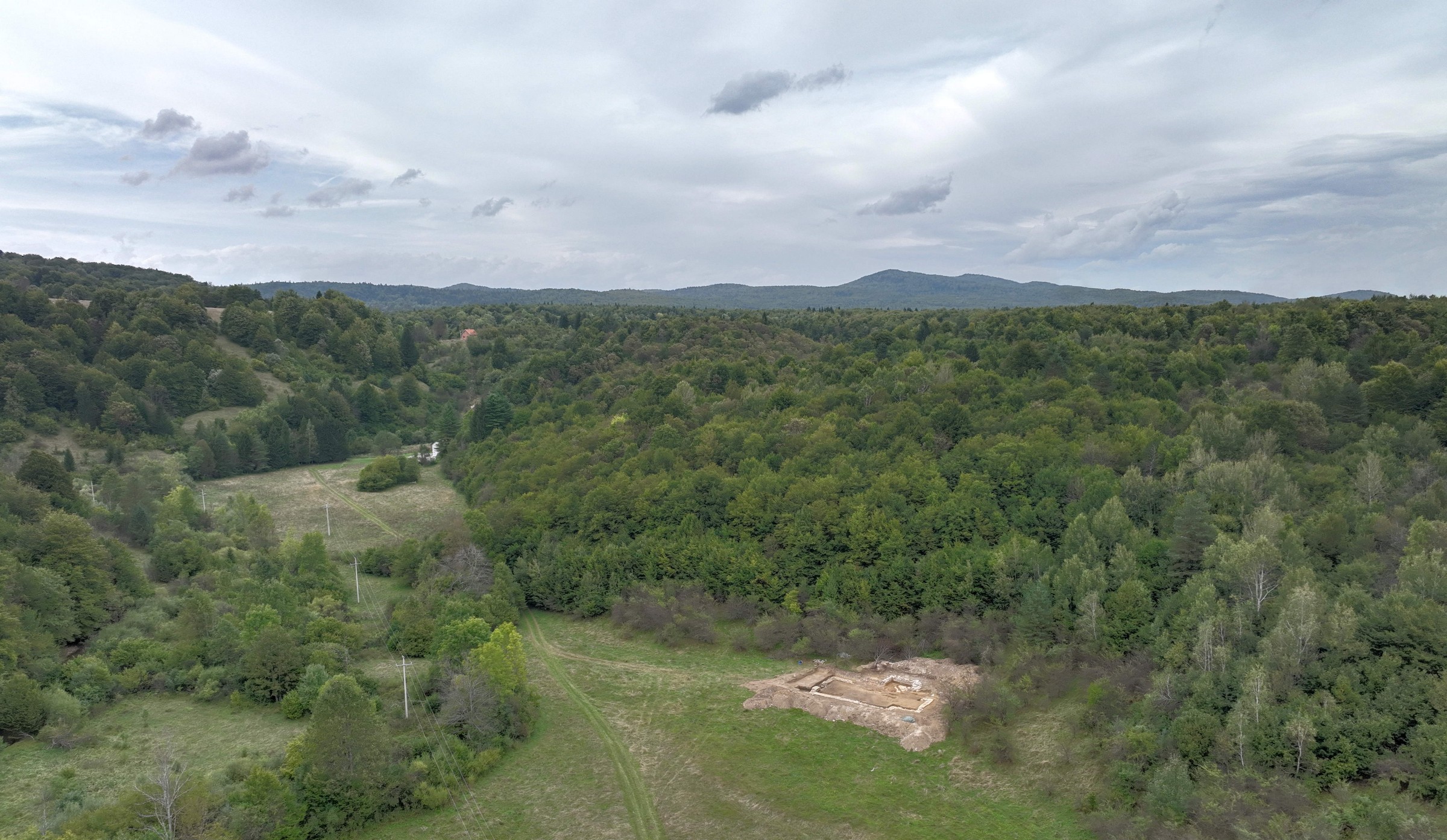From 11 to 22 September 2023, archaeological research was carried out of the remains of the Church of St Mark in Široka Luka, near Plitvica Selo. The Department for Archaeology within the Croatian Conservation Institute resumed the research conducted by the Archaeological Museum in Zagreb (AMZ) between 2011 and 2013. For this reason, the archaeologists from the Croatian Conservation Institute (doc. dr. sc. Ana Azinović Bebek, Petar Sekulić, David Fudurić) joined forces with two representatives from AMZ (Maja Bunčić, Anita Dugonjić) and three archaeology students (Iva Tomljenović, Patricia Potočić and Ivo Ćevid) from the Faculty of Humanities and Social Sciences of the University of Zagreb. The remains of the church probably belong to the Church of St George, the written mention of which dates back to the 13th century. It was not until the 20th century that the church began to mistakenly be called the Church of St Mark as the Orthodox population that settled here following the Treaty of Sistova and the return of Plitvice Lakes to the territory of the Habsburg Empire, still referred to it as the Church of St George (“Đurađ”) in the 18th century. Also, records dating back to the early 20th century mention that the residents of the nearby village of Drežnik Grad would go on pilgrimage to the ruins of the church on St George’s Day. In the 20th century, the church was taken apart to construct a small wall along the Plitvica brook.
On the raised terrace above the floodplain of the Plitvica brook a small Romanesque church was built, featuring a round apse and a stone sanctuary. In the 15th century, a large Gothic church was added by knocking down the south wall of the small church and connecting it to the new church. The small church was therefore turned into the northern chapel of the large church. A total of 13 graves have so far been explored within the church, dating back to the period between the 13th and 15th centuries based on the belt buckles and coins found. The graves were submitted for anthropological analysis to dr. sc. Vlasta Vyroubal at the Anthropological Centre of the Croatian Academy of Science and Arts, who also took part in the research.

